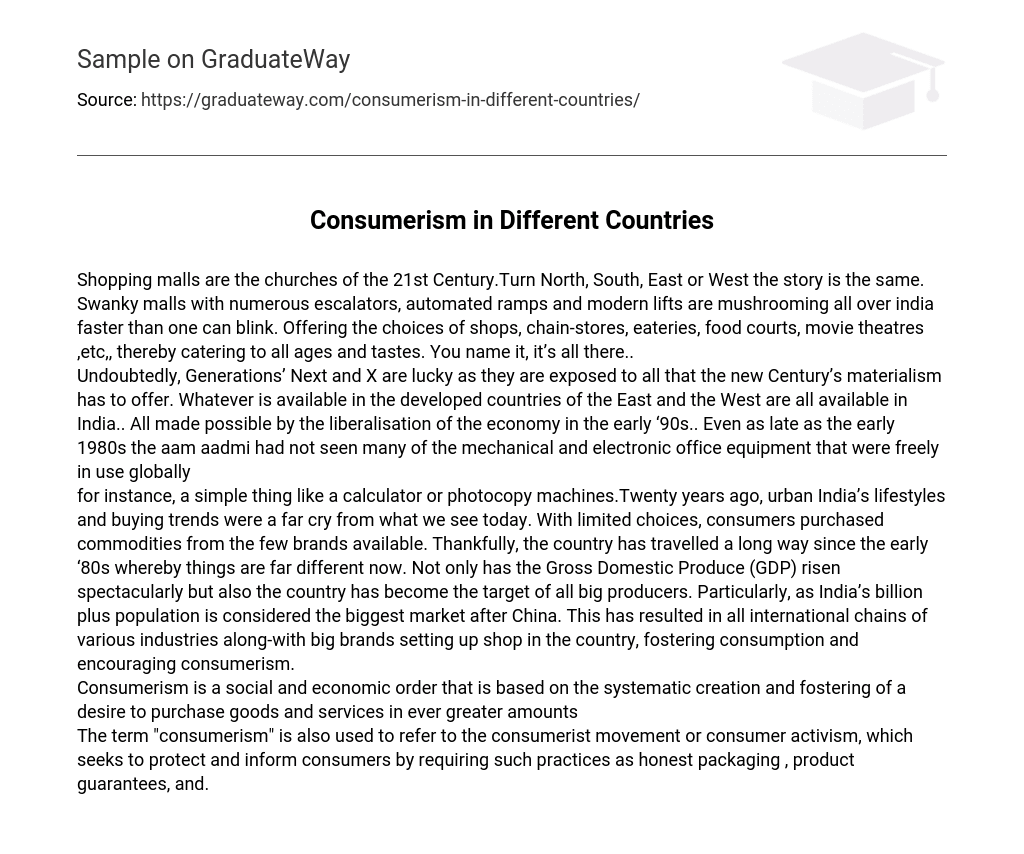Shopping malls are the churches of the 21st Century.Turn North, South, East or West the story is the same. Swanky malls with numerous escalators, automated ramps and modern lifts are mushrooming all over india faster than one can blink.
Offering the choices of shops, chain-stores, eateries, food courts, movie theatres ,etc,, thereby catering to all ages and tastes. You name it, it’s all there.. Undoubtedly, Generations’ Next and X are lucky as they are exposed to all that the new Century’s materialism has to offer. Whatever is available in the developed countries of the East and the West are all available in India.. All made possible by the liberalisation of the economy in the early ‘90s.. Even as late as the early 1980s the aam aadmi had not seen many of the mechanical and electronic office equipment that were freely in use globally for instance, a simple thing like a calculator or photocopy machines.Twenty years ago, urban India’s lifestyles and buying trends were a far cry from what we see today.
With limited choices, consumers purchased commodities from the few brands available. Thankfully, the country has travelled a long way since the early ‘80s whereby things are far different now. Not only has the Gross Domestic Produce (GDP) risen spectacularly but also the country has become the target of all big producers. Particularly, as India’s billion plus population is considered the biggest market after China. This has resulted in all international chains of various industries along-with big brands setting up shop in the country, fostering consumption and encouraging consumerism.
Consumerism is a social and economic order that is based on the systematic creation and fostering of a desire to purchase goods and services in ever greater amounts The term “consumerism” is also used to refer to the consumerist movement or consumer activism, which seeks to protect and inform consumers by requiring such practices as honest packaging , product guarantees, and.





